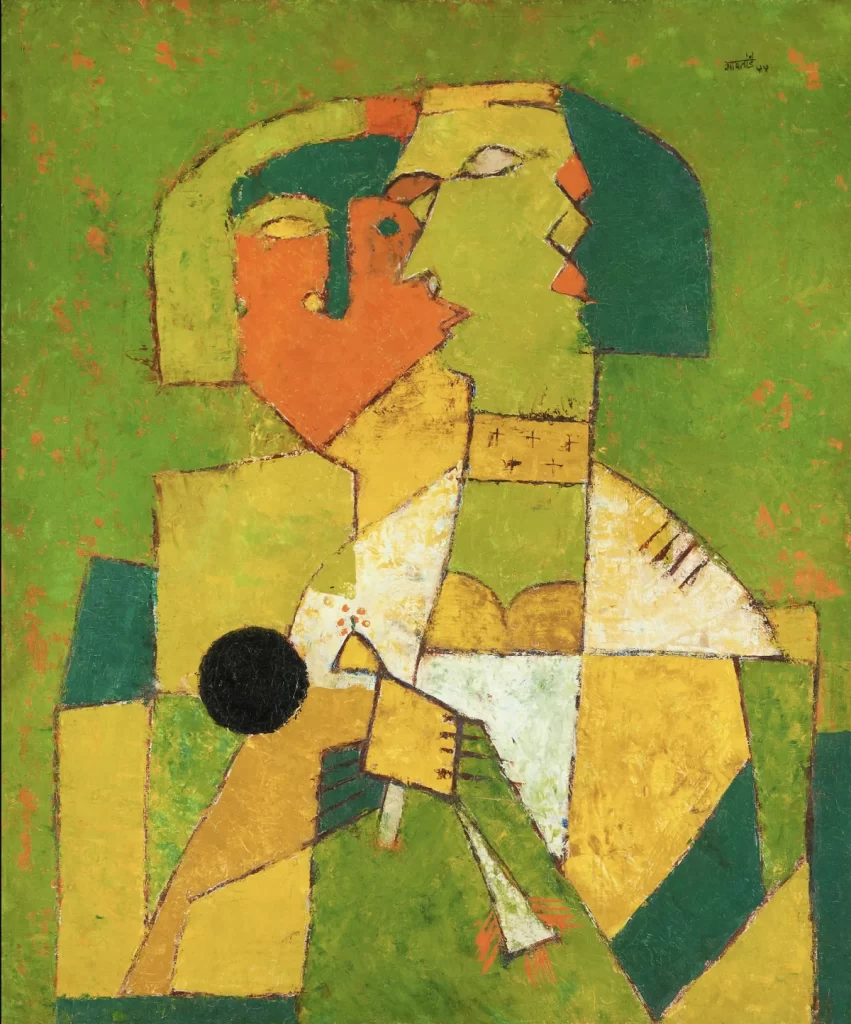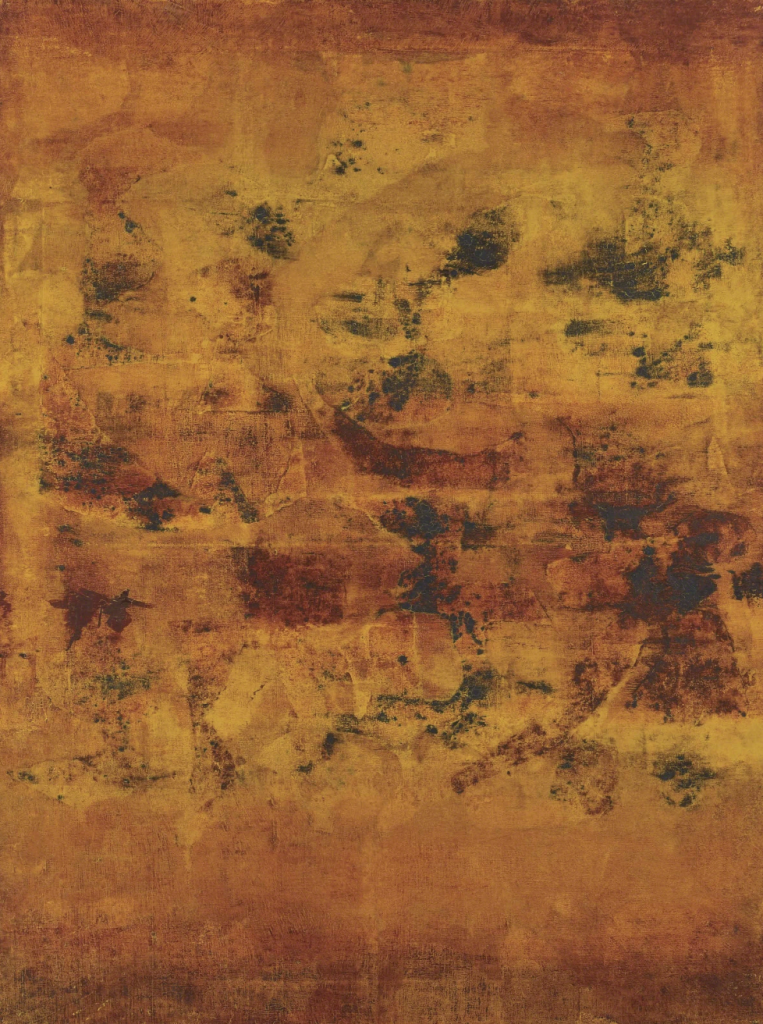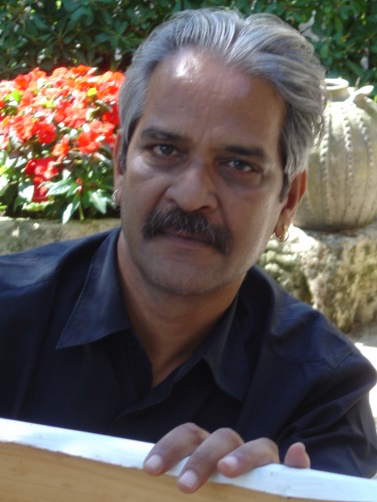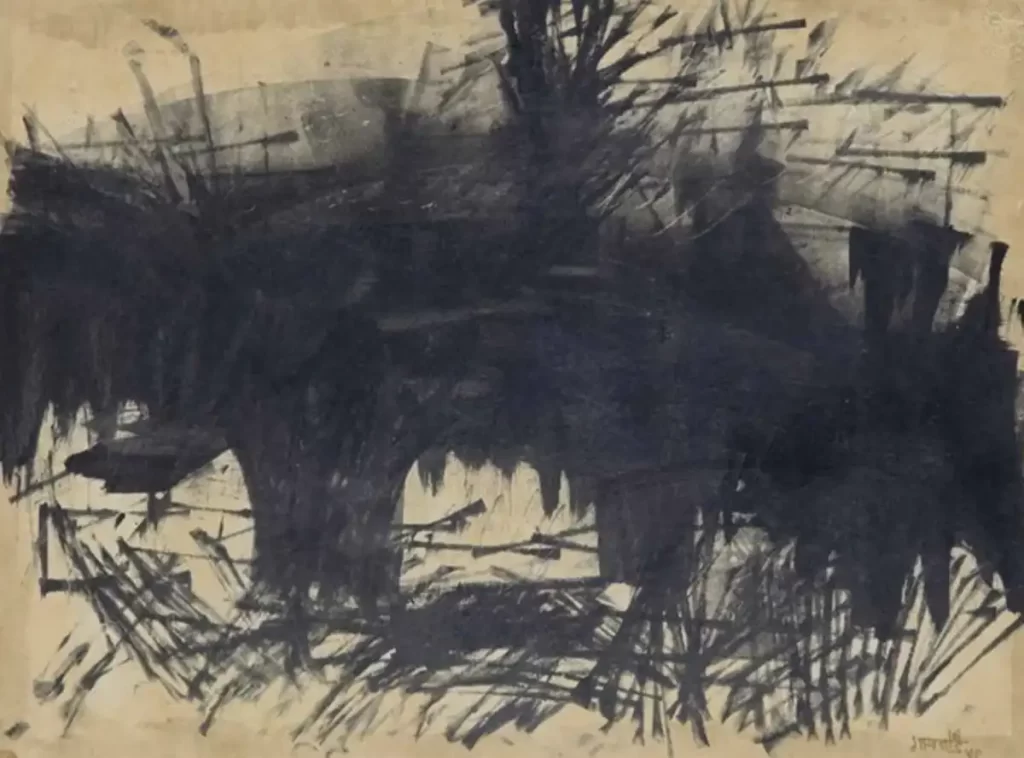Vasudeo S. Gaitonde was a forerunner among Indian modernist painters, noted for his affiliation with non-objective art and his meditative, atmospheric abstractions. His work does not conform to the common understanding of both colour and form and provides a deep sensory experience. As a contemporary artist, Akhilesh reflects on V. S. Gaitonde’s profound engagement with form and colour in his paintings. He suggests that Gaitonde’s creative process involved a state of waiting, perhaps for a specific colour, form, or muse indicating a deep absorption in his art. Akhilesh observes that while the vitality of Gaitonde’s paintings resides in their colours, an even more profound element is their form. He notes that Gaitonde’s solitude and reclusive nature contributed to his devotion to form, leading to increasingly abstract expressions over time.

Gaitonde waited—but for what? Was it the arrival of a colour? A form? A muse? His paintings reveal this waiting, suggesting that while the life of the painting resides in its colours, there is another element even more profound—form. Undoubtedly, Gaitonde’s paintings are the work of a deeply absorbed artist. Legends about him recount his reclusive nature, his months-long contemplation of a single canvas, and the many true and false stories about meeting or failing to meet him. What is certain, however, is that he lived a life largely absent from public spaces. His solitude was his essence. While his presence in Bombay might be considered public, his move to Delhi marked a deepening retreat into isolation, with stories of dusty monsoon studios becoming part of his lore.

This solitude brought Gaitonde closer to a devotion to form, where visual images transformed into abstract ones. Many scholars argue that Gaitonde’s forms were inspired by script, and on the surface, this appears true. However, this is not universally applicable to all his paintings. The forms often carry the essence of script, and it is here that Gaitonde’s unique world-building begins.

The hallmark of Gaitonde’s paintings is their immersion in form. These forms seem to recall a larger essence that is Gaitonde’s true engagement. This quest for form is evident even in his early paintings and becomes increasingly abstract as he begins using rollers to create his works. Over time, this abstraction becomes the foundation of his art. His process of refining these forms often involves a subtle reliance on colour. Can we then say that Gaitonde needed support? It’s entirely plausible that he spent his life waiting for support, which he eventually found in his paintings. It is doubtful whether he could have engaged in anything other than painting, and even that he produced in limited quantity.
– Book: Unke Baare Me by Akhilesh | Original excerpt in Hindi translated into English

Born in 1956, is an artist, curator and writer. He has gained worldwide recognition and appreciation for his works through extensive participation in numerable exhibitions, shows, camps and other activities.





